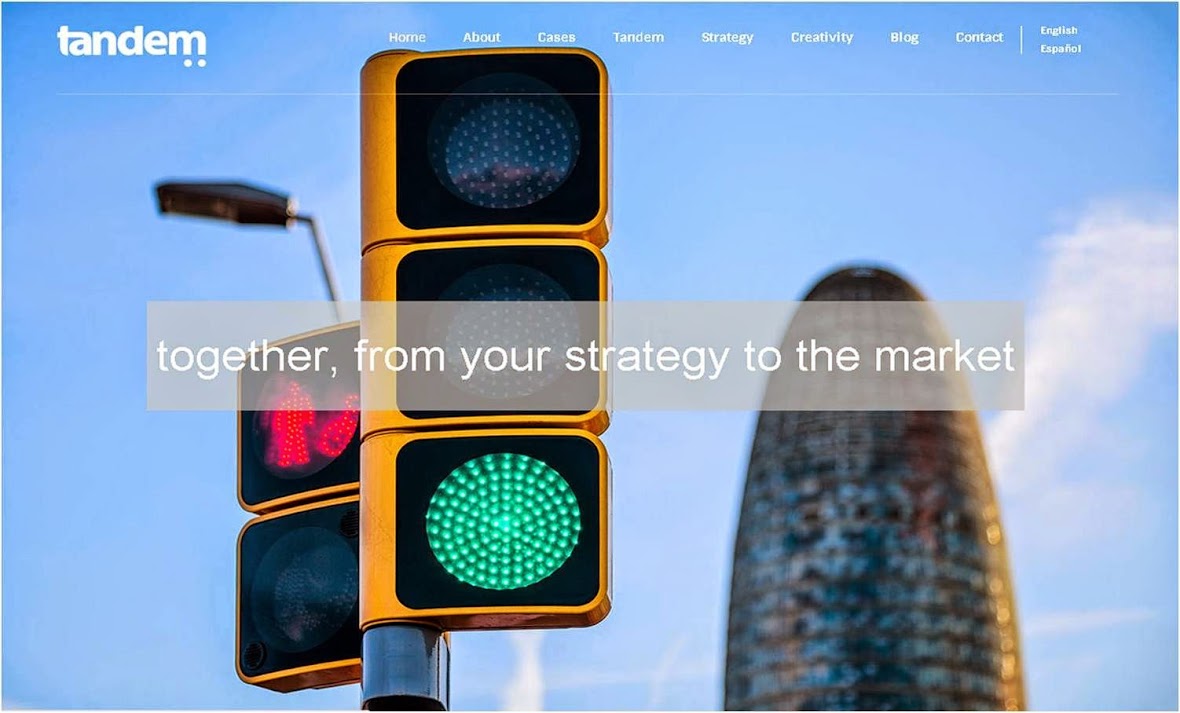We started with
the design and development of the reactor Sirius MP UV Series. UV treatment systems using
medium pressure lamps, for use in commercial pools with flow rates up to 675
m³/h to guarantee high levels of disinfection and chloramine elimination.
Comenzamos con
el diseño del reactor de la Serie UV MP
Sirius. Sistemas de tratamiento UV con lámparas de media presión para
aplicaciones en piscinas de uso comercial de caudales de hasta 675 m³/h,
garantizando unos altos niveles de desinfección y decloraminación
Continue with:
the design and development
of UV LP Polar and Vega Series. UV treatment systems with low-pressure lamps,
suitable for use in private pools.
Continuamos con
el diseño y desarrollo de las Series UV LP Polar y Vega. Sistemas de
tratamiento UV con lámparas de baja presión para aplicaciones en piscinas de
uso privado.
We continue with
the design and development
of Poolstation, a Domotic platform
that allows easy and intuitive control of all the functions of all the elements
in your pool and garden. This product is intended both for professionals
(integrators, installers, maintenance personnel, etc.) and for end-users.
Proseguimos con
el
diseño y desarrollo de Poolstation,
es una plataforma domótica propietaria que permite, de forma fácil e intuitiva,
el control de todas las funciones de los elementos de la piscina y el jardín.
Este producto está dirigido tanto al entorno profesional (integradores,
instaladores, mantenedores, etc.) como a usuarios.
And also with
the design and development pH
and ORP Controllers 200 series, a range of compact controllers with high
performance at competitive price.
Y también con




